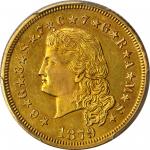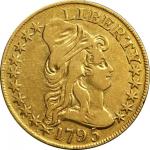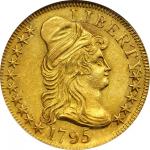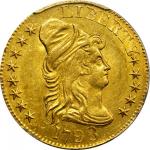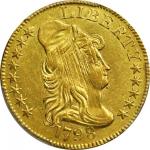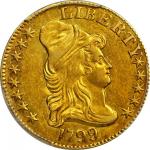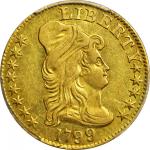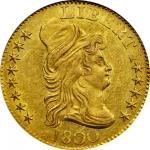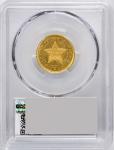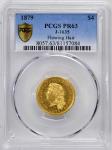An appealing Choice example of the popular and eagerly sought 1879 Flowing Hair four-dollar gold Stella, a type that has been ranked 28th in the influential book <em>100 Greatest U.S. Coins </em>by Jeff Garrett and Ron Guth (2003). Both sides are uniformly toned in light golden-orange patina. The devices are satiny while the fields are a bit more reflective. As is typical for the issue, the detail is a tad soft over the highest elements of the obverse portrait, yet razor sharp elsewhere. The story of the rare and historic four-dollar gold Stellas of 1879 and 1880 begins with the desire in certain government circles to create an international coinage system that would be readily recognized and accepted throughout the world. Although it had surfaced earlier, this idea gained its greatest momentum in 1879 through the efforts of John A. Kasson, the United States minister plenipotentiary to the Austro-Hungarian Empire and a former chairman of the Congressional Committee on Coinage, Weights and Measures. Kasson urged the federal government to consider creation of a four-dollar gold coin as the basis for a new international monetary system. Why a four-gold gold coin, one might ask, especially considering the widely accepted five-dollar half eagles and twenty-dollar double eagles already in international use? In Kassons opinion, a four-dollar gold coin struck in the United States Mint would more closely approximate in value the more widely used and accepted gold coins of several European countries, including Austrias 8 florins, the Dutch 8 florins, Frances 20 francs, Italys 20 lire and Spains 20 pesetas.Throwing his weight behind Kassons proposal, serving chairman of the Committee on Coinage, Weights and Measures, Alexander H. Stephens, wrote to Secretary of the Treasury John Sherman requesting that the Mint prepare pattern four-dollar gold pieces for evaluation by Congress. The Mint eventually prepared two different proposed designs, a flowing hair motif by Charles E. Barber and a coiled hair design by George T. Morgan. The Barber Flowing Hair type was used to prepare only 25 (and possibly as few as 15) examples for distribution to Congressional leaders. Those coins are dated 1879 and, per traditional numismatic wisdom, were struck in a metric alloy of 85.71% gold, 4.29% silver and 10.00% copper.Demand among Congressional and other government officials for the proposed four-dollar gold Stella proved so great, however, that the Mint eventually prepared perhaps as many as 700 additional specimens in early 1880, still using the 1879-dated Flowing Hair dies. These pieces are struck in standard alloy of 90.00% gold, 10.00% copper on shaved half eagle planchets (per the website us.patterns.com) and, as with their predecessors produced in 1879, were used for presentation and other official purposes as well as for numismatists. Despite its popularity with Congressional leaders and other contemporary politicians, in the end the four-dollar gold Stella failed to gain authorization for regular-issue production and the project ended.As a "type coin," the 1879 Flowing Hair Stella is a significant numismatic rarity, even more so from a market availability standpoint given the strong demand among advanced collectors. For although technically a pattern (as the four-dollar gold denomination was never authorized for issue production), the Stella has long been collected as an integral part of a complete type set of classic United States Mint gold coinage. The present example will certainly make an important addition to any advanced gold collection.,,PCGS# 8057.,,From the Estate of Kenneth A. Licht. The collection of his father, prolific NJ architect Lawrence C. Licht, was sold through Stack’s March 2005 Public Auction and included many U.S. gold rarities.

